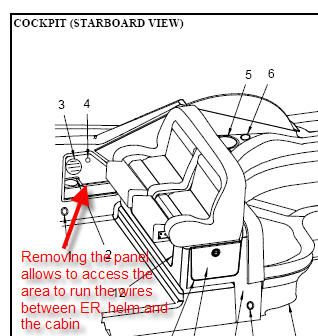TBird
New Member
I just bought a DSM30 and am ready to take on the fish finder installation project. I have searched the forum re: transducers and am still unclear about whether an in-hull transducer (such as the Airmar P79) will work. I would prefer not to go throught the hassle of hauling the boat and installing a thru-hull transducer if it can be avoided.
Has anyone had success with an in-hull? I've read that I may give up 20% of the performance relative to a thru-hull; I am willing to live with that if I can avoid the hassle of gettin the boat hauled.
Also, I don't think my hull is solid fiberglass (but I am not sure). Is that a big problem with the in-hulls? Do I need to take out a layer to get down to the fiberglass? Thanks for your feedback.
Has anyone had success with an in-hull? I've read that I may give up 20% of the performance relative to a thru-hull; I am willing to live with that if I can avoid the hassle of gettin the boat hauled.
Also, I don't think my hull is solid fiberglass (but I am not sure). Is that a big problem with the in-hulls? Do I need to take out a layer to get down to the fiberglass? Thanks for your feedback.



